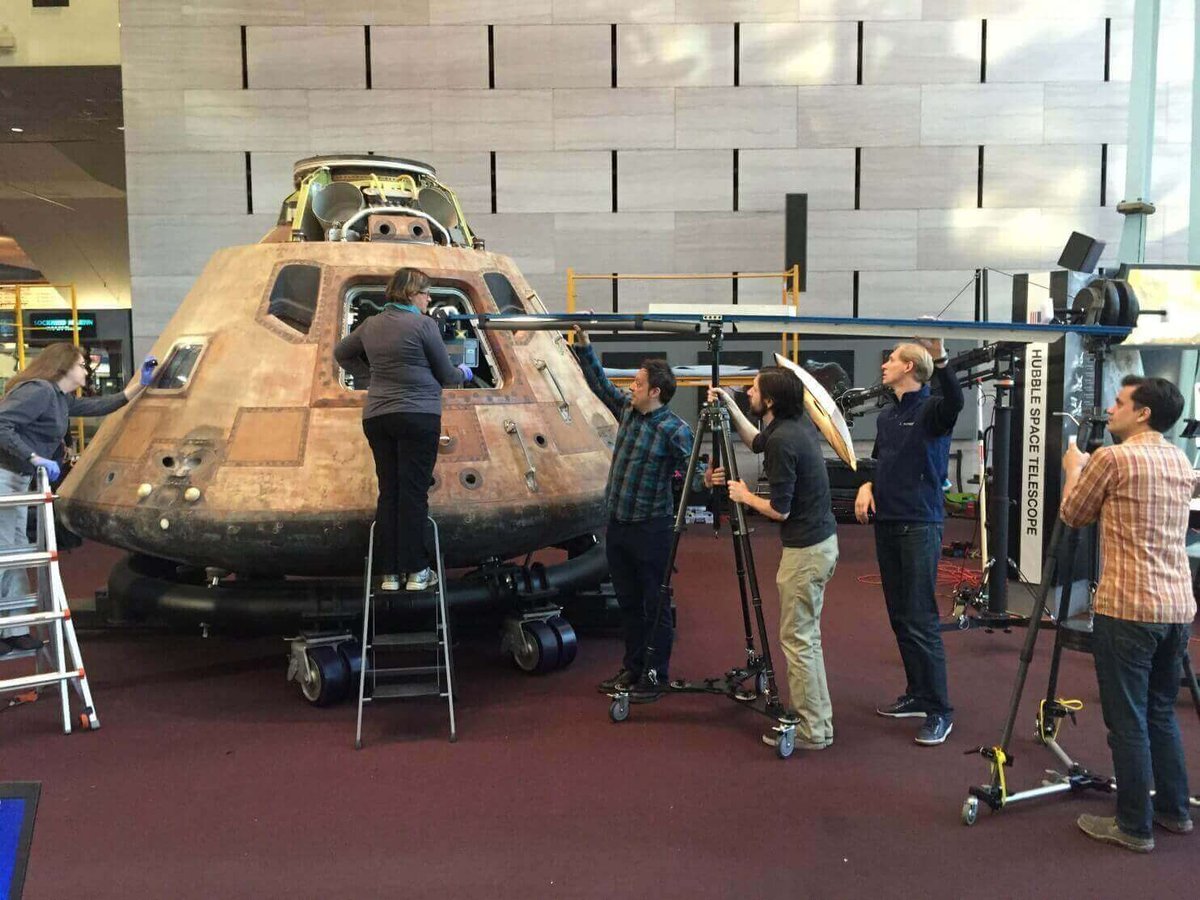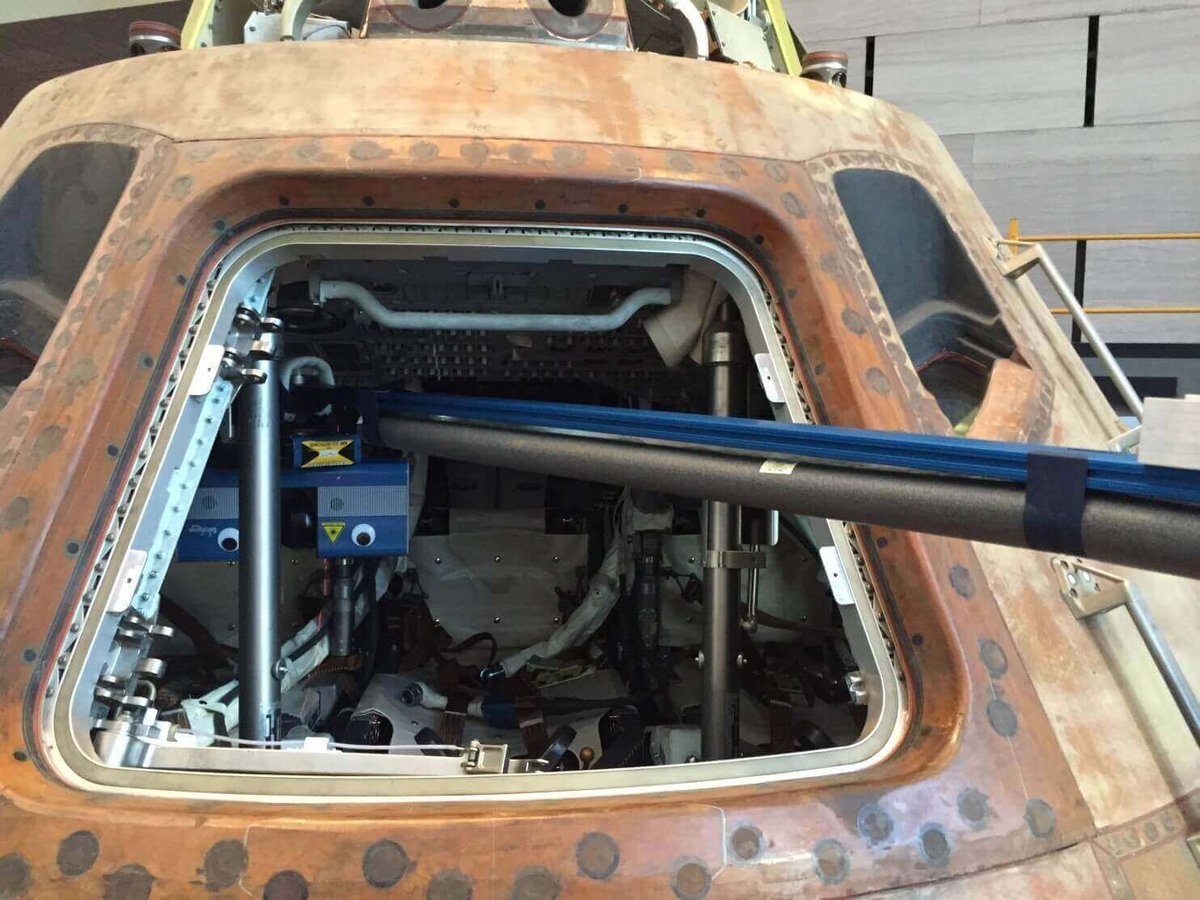The Smithsonian is 3D scanning Apollo 11 for a new generation of space explorers, with ambitious plans for virtual reality tours and 3D printable replicas.
Tucked away behind a plastic shield at the National Air and Space Museum is the Apollo 11 module, the dinky little spacecraft that carried three brave astronauts – Neil Armstrong, Buzz Aldrin and Michael Collins — to the moon and back in 1969.
In the not-too-distant future, however, you won’t have to travel all the way to Washington D.C. to pay your respects. The Smithsonian has embarked on an exciting project to digitally scan every nook and cranny of the Apollo 11 module, with plans to use the resulting model as the basis for virtual reality tours and 3D printable replicas.
Allan A. Needell, curator of the Smithsonian’s Apollo collection, explained to The Washington Post their motivation:
“We recognize that it has enormous significance — cultural significance as well as engineering and technical significance. The challenge is how to translate the experience of an object for a new generation who doesn’t have a personal familiarity with it.”
For this project, the Smithsonian digitization team will be collaborating with 3D imaging specialists Autodesk, and they will make a complete 3D scan of the interior and exterior of the iconic command module. The resulting images will be patched together to create a high definition virtual tour of the spacecraft in full color.
Fake Your Own Moon Landings with a 3D Printed Apollo 11
In theory, and with the appropriate technology, this raises the tantalising prospect of being able to explore the Apollo 11 command seat from the comfort of your armchair.
“We have an opportunity to basically present to them an experience which is visually almost identical to if you were allowed to go in and lie down on one of those seats,” Needell said.
This same digital data will also be used to make a 3D printable scale model of the Apollo 11, which will be made available through the museum’s website. Soon, you can fake your own moon landings with as many Apollo 11 modules as your humble 3D printer is capable of making.
But of course, the project is an enormously complicated one. The challenge for the 3D scanning team is that the craft is quite small, and personnel are forbidden from climb into the module to capture images.
Furthermore, the titanium surfaces of the ship do not properly reflect the lasers used during scanning, while a series of structural beams make it even more difficult to capture angles. During one scanning session, the team even had to improvise by shining flashlights into the cabin to add more light.
Regardless, the team are pressing ahead with their heroic mission, guided in their efforts with a laser scanner worth $200,000. The Smithsonian is developing a new exhibition that will open in July 2019, coinciding with the 50th anniversary of the moon landing. If things go to plan, the virtual tour and 3D printable models will be released to coincide with the celebration.
All image credits: The Washington Post
License: The text of "The Smithsonian is 3D Scanning Apollo 11 for Future Generations" by All3DP is licensed under a Creative Commons Attribution 4.0 International License.

